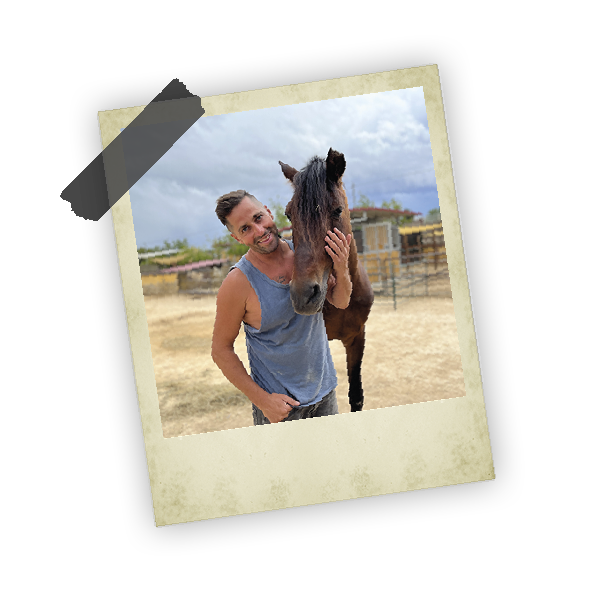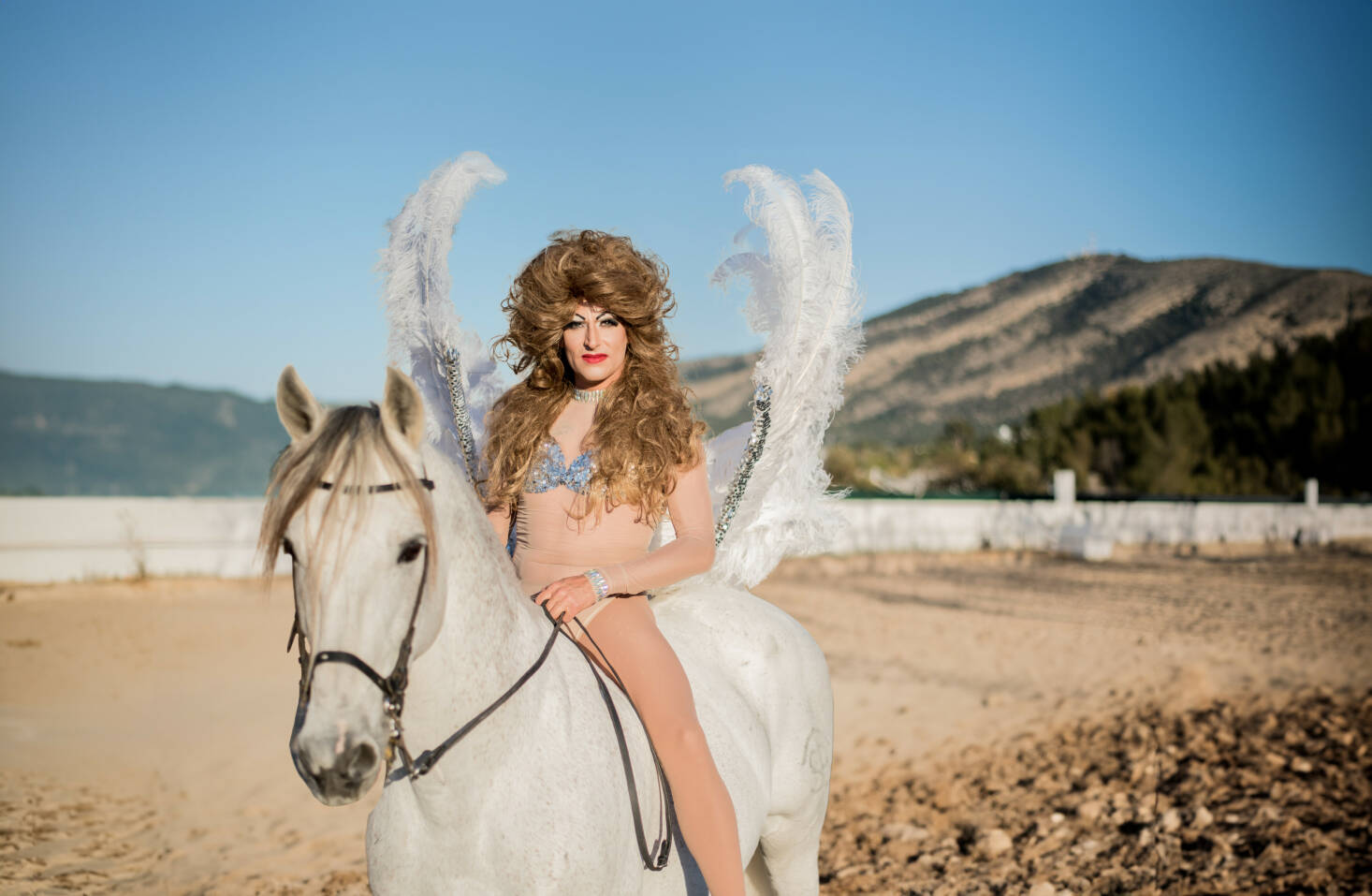Trooper was found tied to a tree, just skin and bones and with a leg that was broken in two places.
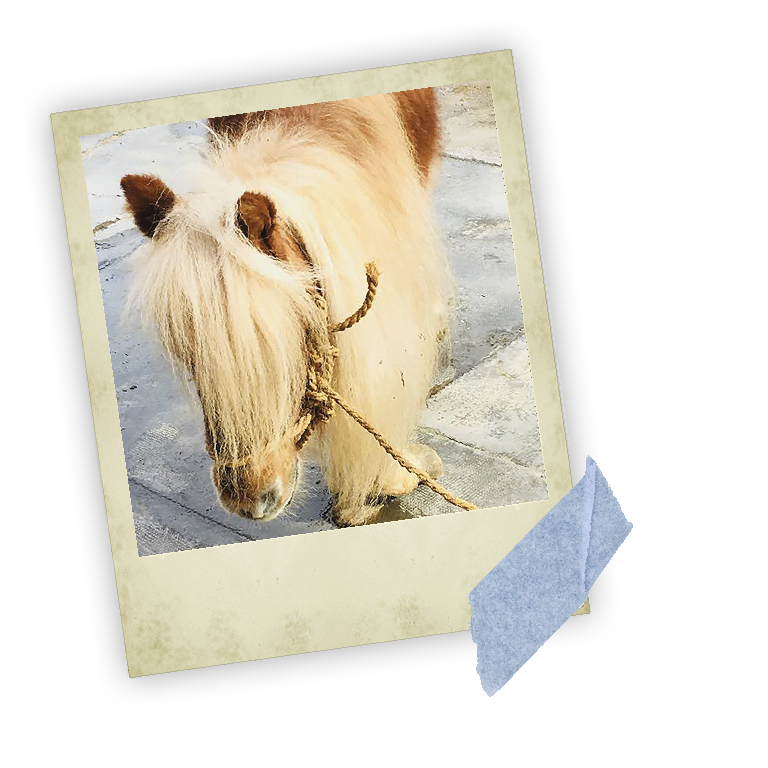
The operation cost Colin 4.000 euros

Police photo from when Trooper was rescued.
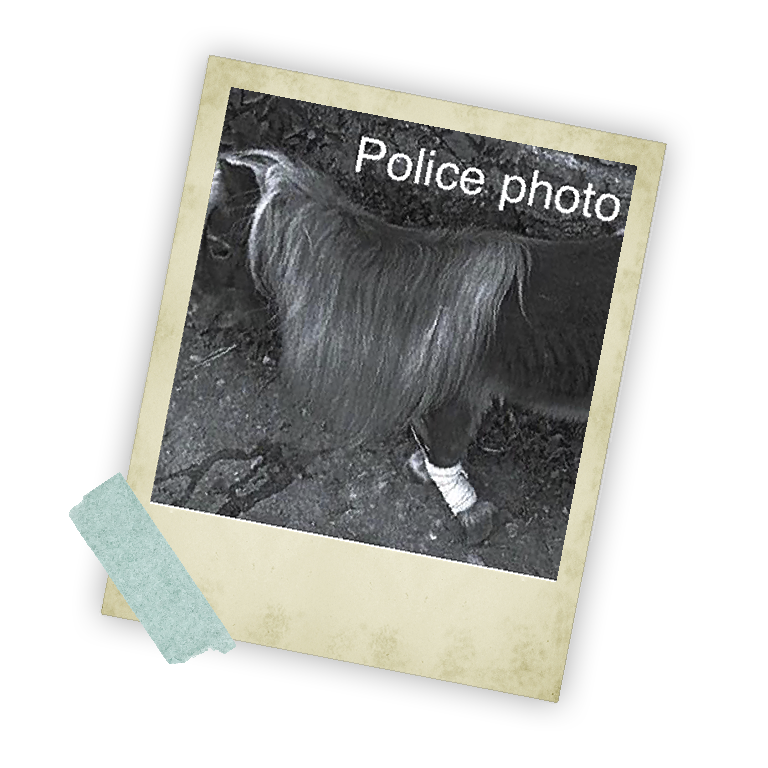
Trooper is now about 20 years of age and is living his best life with Colin.

Support the animals at Hugo’s Home Farm here
The TV series: Bargain Loving Brits in the sun
Facebook: Hugos Home Farm
Website: www.hugoshomefarm.com
Benidorm’s night life

TROOPER - THE TROOPER
Like many of the rescue horses at Hugo’s Home Farm, Trooper has quite a remarkable story to tell. Back in 2019, the police were called out to a pony tied to a tree with no food or water. No one knew what to do with him, so he was left at a dog shelter for nine long days.
Trooper, then named Nano, was blind in one eye, had a broken leg and was purely skin and bones. Not quite an attractive case to adopt, also considering the foresight of massive vet bills. But it didn’t keep Colin Brown away. He immediately embarked on a six-hour roundtrip to pick up the poor soul, only weighing 78kg, being about 25 years of age.
His leg was estimated to have been broken for more than two years. With a 75% success rate to operate and the costs of four thousand euros, Colin raised the money. The vets reset the broken leg with metal pins, and it took almost an entire year until he was fully recovered. Trooper’s perseverance paid off and he is still with Colin, who says he will spend the rest of his days there.
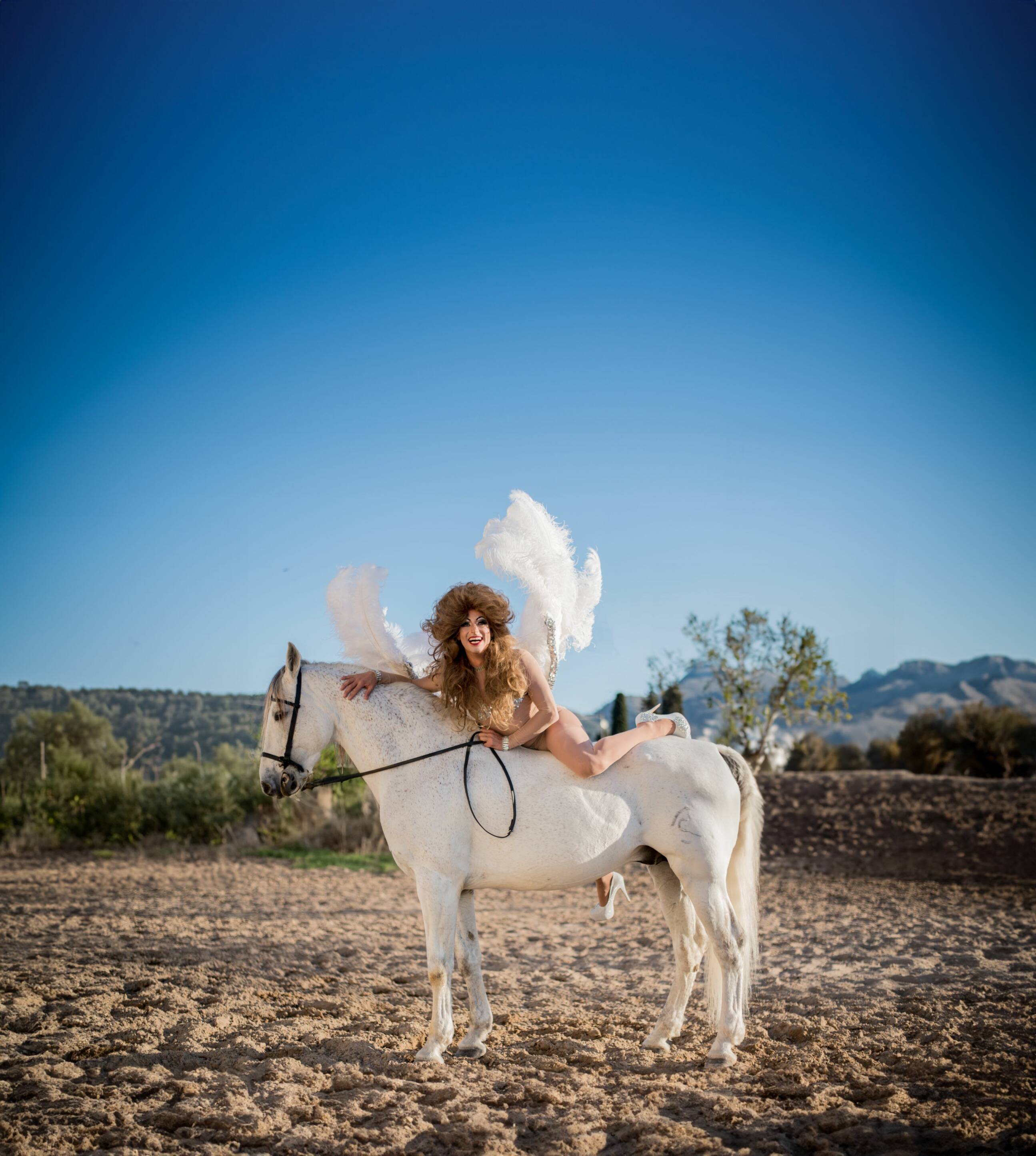

As Colin explains, horse keeping in Spain may differ significantly from practices in Northern European nations. Horses are commonly kept in stables and, in many cases, without access to paddocks. There is no mean intention intended towards the horses, but traditions and perceptions of horse keeping differ worldwide.
An important factor is also the climate. If horses are to be kept outside, providing adequate shade and hay becomes imperative. More often than not, grass doesn’t grow well, especially not in the South-eastern part of Spain where Colin is situated.

Benidorm is a city in the province of Alicante on the eastern coast of Spain on the Mediterranean Sea. Benidorm has been a popular tourist destination since 1925, and with the highest hotel in Europe, the city attracts many tourists, especially during the summer. Benidorm has earned a reputation as the vibrant party capital of Costa Blanca, with an all-encompassing appeal that caters to diverse tastes and preferences. Consequently, it provides an excellent platform for drag entertainers and other performers.
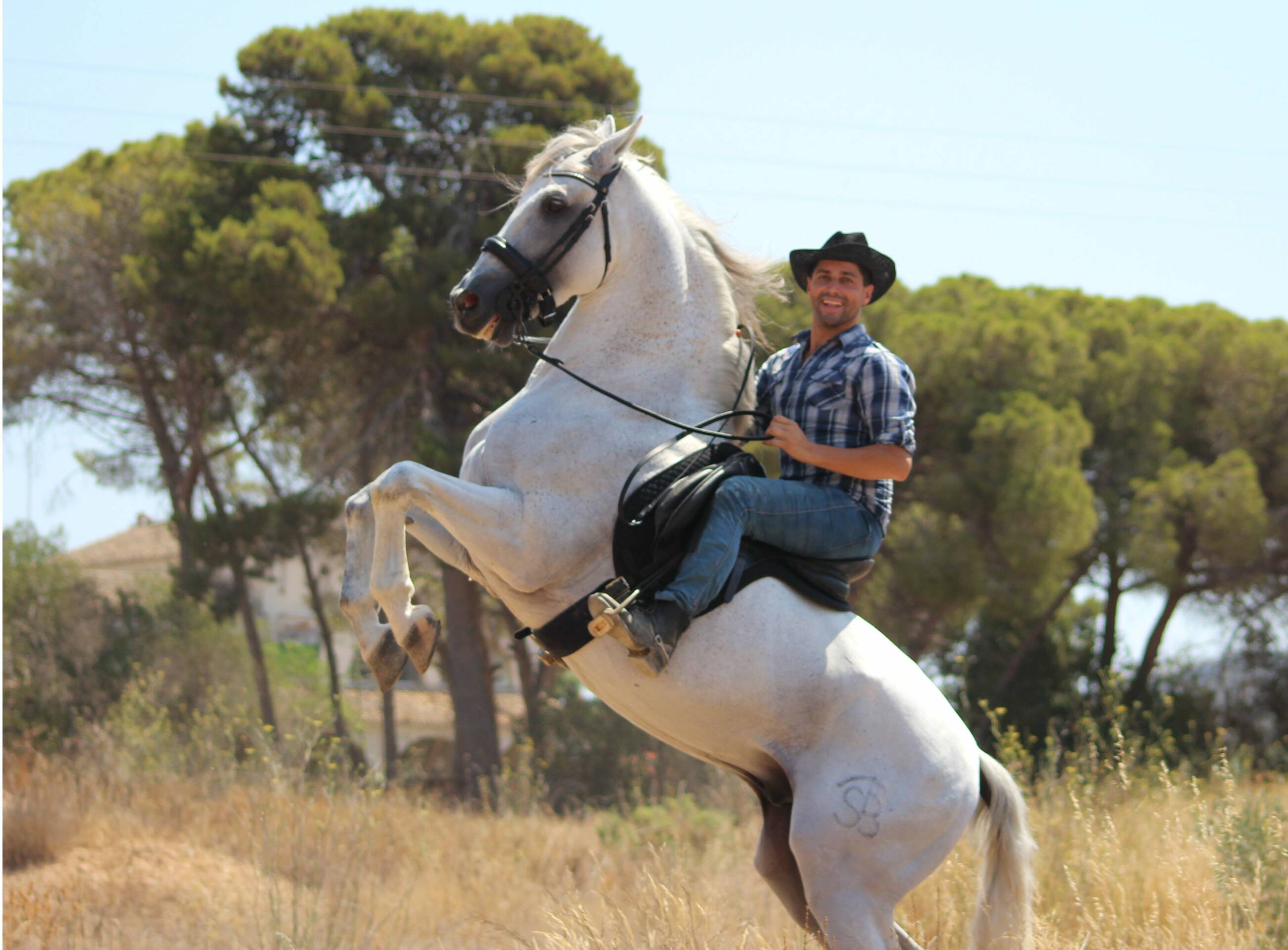
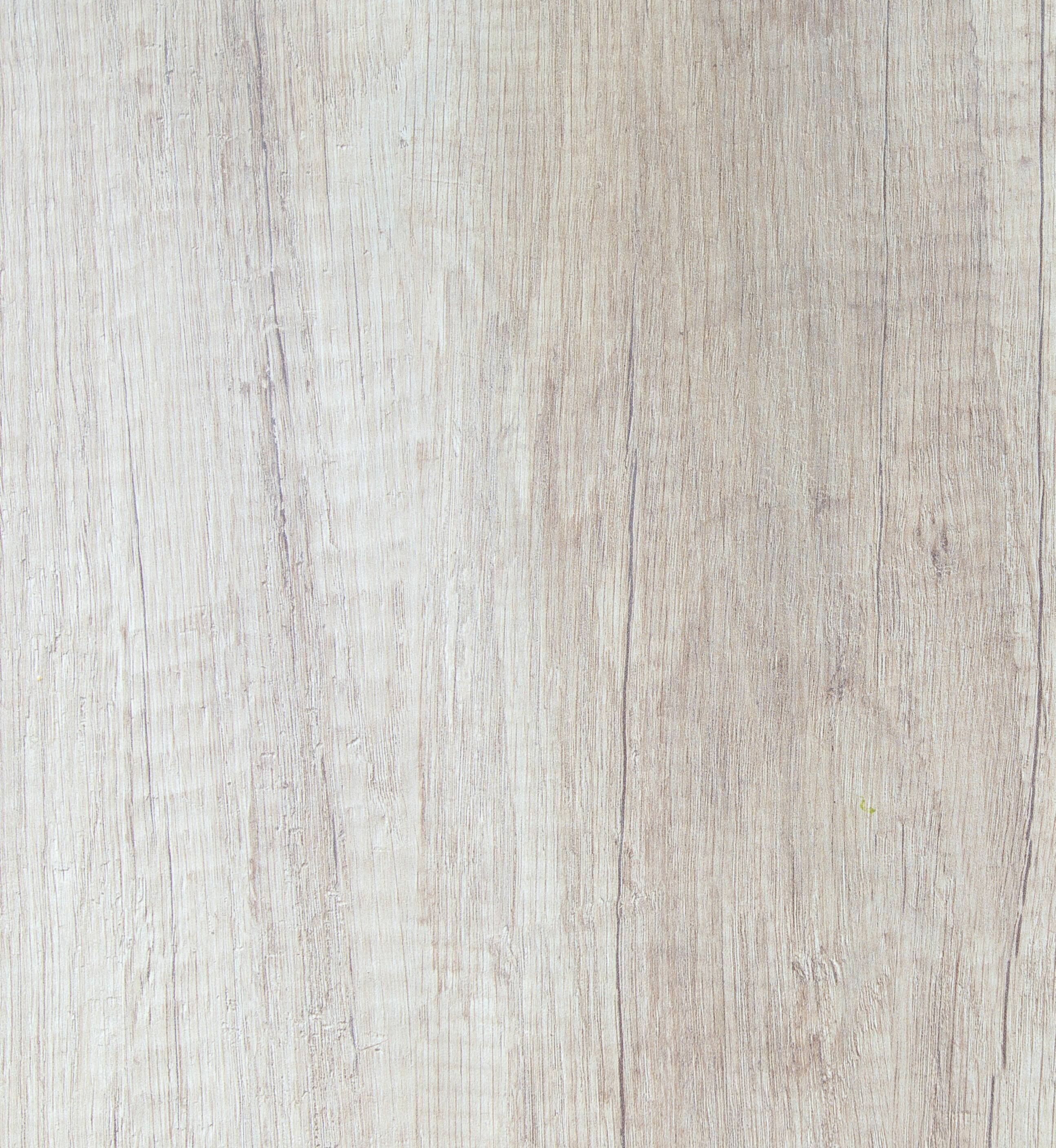

Adopting a horse
Colin's remarkable charity work has rescued 51 horses over the course of five years. The rescue centre holds a license, allowing them to keep only nine equines at a time, this includes donkeys. That means that a horse has to be rehomed before they can rescue another.
To date, 32 equines have been adopted to the UK. Colin has established contacts in the UK, who evaluate the suitability of potential adopters. He then assesses whether the horse will have the condition and mental strength required for the long journey to the UK. “They have just got a better life with fields, being able to run about and being able to graze. Many of the horses we send to the UK don’t even know what grazing is because they have never even seen grass.”
Transporting a horse to the UK costs an average of £1,800, but when Colin rehomes his equines, he never charges for anything. There is no adoption fee, nor does he ask for compensation for passports, injections, or transport costs. He says: “Because the majority of our horses have been abandoned for certain reasons, they are older, they got problems in their legs or their backs. Basically, no one in the UK, in their right mind, is gonna pay 1800 pounds for a horse that they can’t use. So, I raise all the money myself and send them.”
In addition to his tireless efforts to ensure these horses have a happy life, Colin has a contract in place.The contract states that if the adopters are unable to care for the horse, it returns to Colin’s friends place in Cambridge, from where Colin will find them a new home. “This is so they can’t be moved on, and they can’t be sold, just because I don’t want the equines to fall into hard times again. That’s the worry about rehoming your equines, whether they are gonna end up in hard times again, but thankfully we have been alright.”
Colin acknowledges that the adopters of these horses, as any horse owner does, will incur significant costs of owning the horse for years and years, and they might be on medication or be older. Out of the 51 horses rescued, only three were suitable for riding. Colin realises that there are not many people who will take on that kind of responsibility. This is why Colin utilizes his popularity and drag work to raise the necessary funds for the horses to be rehomed.
Future plans
‘The bigger, the better’ and Colin and Sebastian have ambitious plans for the future of their rescue centre. They are currently seeking to raise 90 thousand euros to purchase additional land to expand the facility. Their primary motivation for this expansion is to create more paddocks, allowing them to help even more equines in need. The ultimate goal is clear: “Growing grass for the horses and the other animals to eat would be a true dream come true.”
To achieve this dream, the rehoming project is currently on hold. Funds that would have been used to relocate horses to the UK are now being redirected towards the expansion of the centre. “Last year, I sent two donkeys and two horses to the UK. That cost me about nine thousand euros for everything. Right now, I would rather see those nine thousand go towards the land and expand the rescue centre. But the downside is that we have to say no to a lot of people if we can take in horses, or if the police calls and they have one that is abandoned, we can’t take it.” Colin adds that if they had a severe case come up, he would raise the money to have it stabled at the livery yard. He just cannot leave a horse if it needs his help, and he will do whatever it takes to save the horse from its miserable situation.
We are looking forward to seeing the rescue facility when it expands. The horses and donkeys will have access to paddocks, and who knows, with Colin in charge, maybe he can miraculously make grass grow. This man makes the impossible possible, and he is an inspiration to us all. We encourage everyone to support this vital cause in whatever way possible. Even small contributions can make a significant difference.

A drag performer is a person who uses clothing and makeup to imitate a certain persona for fun and entertainment. Often creative and inspiring names are used. While traditionally associated with the LGBT+ community, this art form is open to anyone who can identify with the culture. Individual performers can have very different and unique styles in clothing, makeup, hair, personality, attitude and performance. Drag shows often feature lip-syncing, live singing and dancing, and have gained widespread popularity through the hit television series, RuPaul’s Drag Race.
The drag queen - Miss Coco Chanel
The icon Miss Coco Chanel is very different from the calm-natured Colin Brown, especially in looks, yet they share their passion for the horses and the rescue centre. Colin uses his popularity as an entertainer to raise money towards the huge stabling fees, feed, vet bills and medication which sums into thousands of euros each month.
Colin did not come into drag performance out of nowhere, as he originally trained as a male dancer in the UK. Realising that drag production could earn him more money, he said: I am gonna learn to do makeup and throw on a wig and a costume.
Seeking to make a living as a drag queen took him to Benidorm in Spain 12 years ago. It quickly took off, and Colin ended up working seven nights a week. As some may imagine, working at night often includes a lot of partying and drinking, which was also the case for Colin. But he soon felt he needed something else in his life.
Hugo’s Home Farm
Through a friend working at a local livery yard, Colin was informed about a horse locked up in a stable day and night and to whom the owner never went to see it. This sparked something in the compassionate soul, who had gotten bored with partying. Colin spoke to the owner, who was keen to sell the horse, and shortly after, Colin had gotten himself his very first horse. But the stallion Orty was not the only case of a neglected horse in the touristy area of Benidorm.
“At a lot of the livery yards, they don’t have turn-out, and a lot of the horses are just in their stables 24/7 until their owner exercises them or lets them in a paddock, which is often a sand school.” Colin explains.
As a result, Colin ended up buying another horse from the same stable. This time a white PRE-Spanish stallion. The impressive horse was part of a circus, but as a new law came into effect, restricting the number of horses allowed, he was left to himself at the stables. Colin could not it and bought the horse: “I had to pay 4.500 euros to get him because he’s an amazing horse!”
Both horses were gelded, but it was only for a short amount of time that Colin had two horses. Just a couple of months later, he was contacted about two horses tied to a tree just outside his hometown of Benidorm. Colin did not actually have a place of his own, and quickly more horses were rescued, and he was soon paying to have the six to seven horses at livery yards. He had to raise two thousand euros a month, just to pay the agistment fee.
As Colin got more and more into the rescue work, he met Sebastian, his now boyfriend. Sebastian had a bit of land, and neither thought twice before moving the horses there. Both to save money, but also to be able to keep the horses in paddocks - outside.
And that’s how the rescue centre Hugo’s Home Farm sort of just fell into place.

Miss Coco Chanel has many different looks
Colin, Sebastian and their eleven year old son enjoying
rare time off.
Colin knows a thing or two about hair and make-up and performes as a drag queen in Benidorm, Spain.
Colin's love for animals is remarkable and he spends most of his awake hours with them.
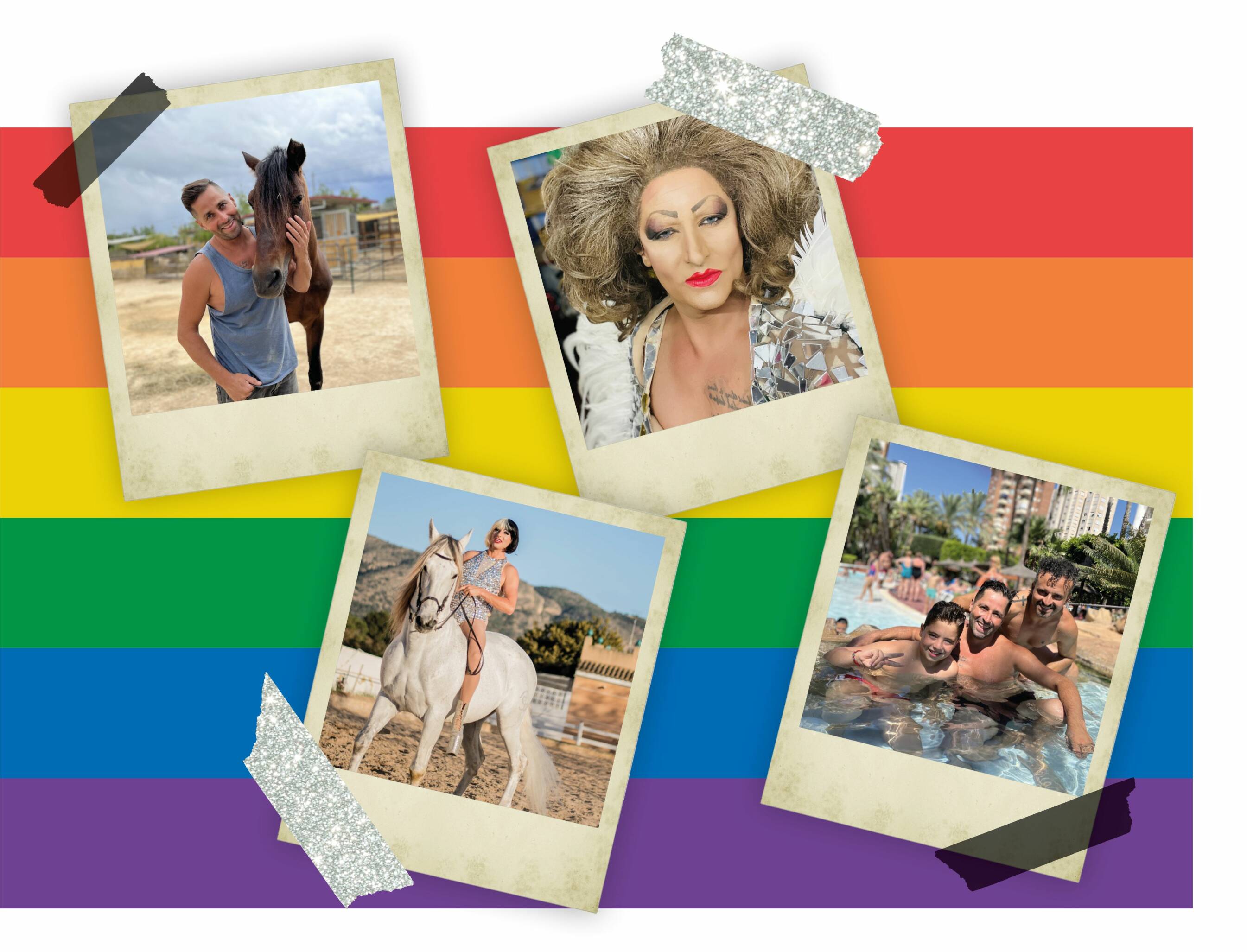
Who is Colin Brown?
Born in Scotland, Colin sought warmer climate and now enjoys the warmer weather of Benidorm, Southern Spain. The now 40-year-old was intrigued by the horses at an early age. But as we know, riding is expensive, so the only way for Colin to spend a little time with horses was by working at the local riding school mucking out stables.
It was a lot of hard work, little pay, and even less time spent with the horses. But hard work is something Colin is seemingly not letting go of, as well as the horses. As Colin grew up in the UK, he explains how he often found that other people were aware of his sexuality before himself, which could cause him to question his identity. “When I was younger growing up, about when I was 16 or 17 years old, I didn’t think too much about my sexuality, and I was getting a lot of comments about my sexuality from like older men at the riding schools.” However, as he has grown older, he has learned to focus on being true to himself, rather than worrying about the opinions of others. “Focus on yourself and don’t even worry about what people think or say about you. It is a lot easier said than done, but I think I gave it too much thought when I was younger.” Colin laughs and says: “I couldn’t care less about what people think of me today.”
Back to young Colin, who, in his late teenage years, started to notice other aspects of life than the horses. Hitting the age of 18, Colin explains: “I ended up discovering partying with my friends like quite a lot of people do in the equestrian world, but I reconnected with the horses when I came to Spain.” Colin had some years away from the horses, making a living and finding himself, but it wasn’t long before the horses relatively unexpectedly came back into his life.
By: Celine Bønnelykke Photos: Provided by Colin Brown
Malgré Tout was fortunate to have an interview with the inspiring Colin Brown, who manages a rescue facility for horses and other animals and performs as a drag queen in Southern Spain. Colin is known from the drag world in many countries, but once he saw Chato, his first rescue, who was tied to a tree at the grand age of 29, his love for horses was one of the reasons he started the rescue centre.
The Rescue Queen

What does it look like when you reconcile a rescue facility with a drag queen career?
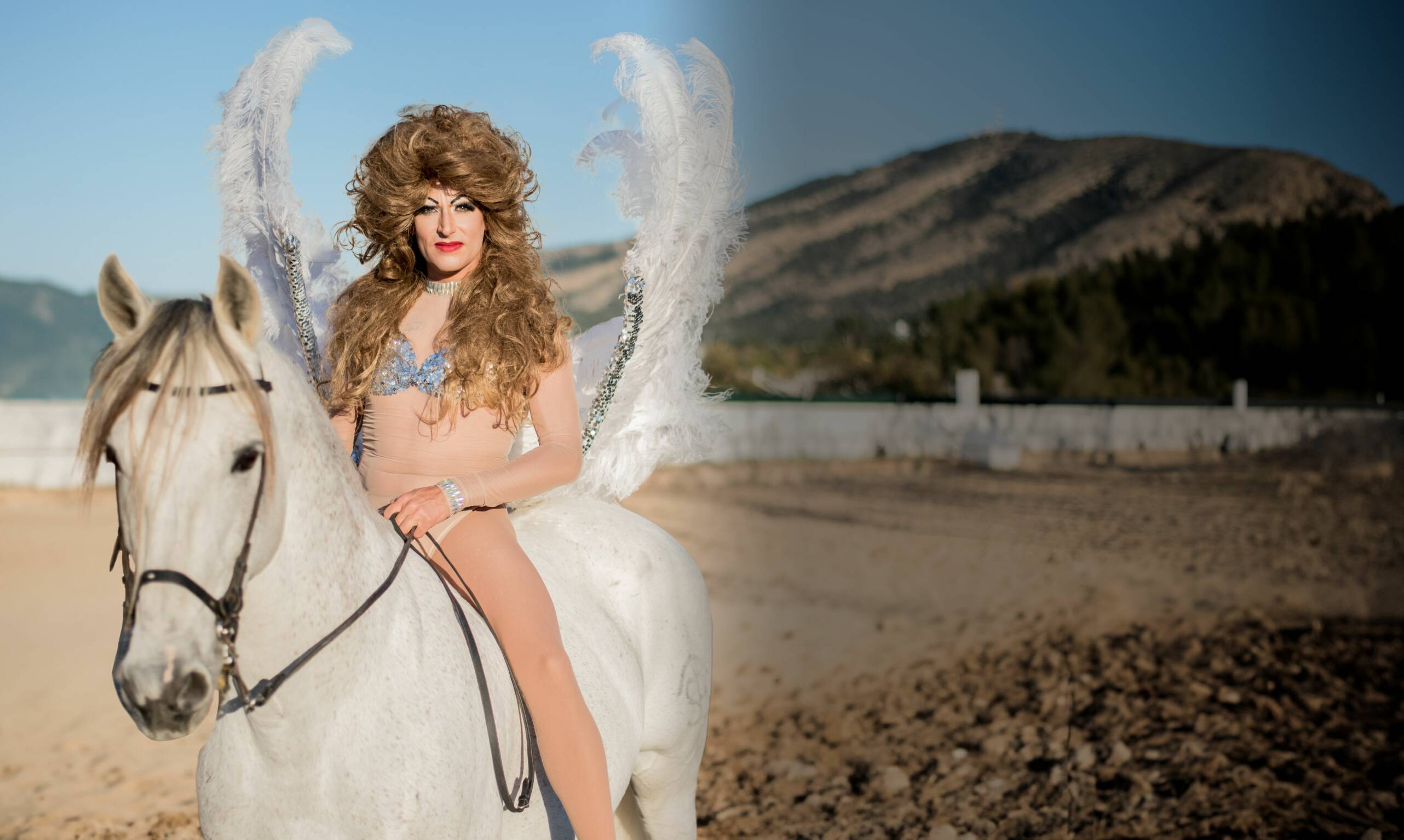
Support the animals at Hugo’s Home Farm here

The TV series: Bargain Loving Brits in the sun
Facebook: Hugos Home Farm
Website: www.hugoshomefarm.com
Benidorm’s night life

The operation cost Colin 4.000 euros
Trooper was found tied to a tree, just skin and bones and with a leg that was broken in two places.
Police photo from when Trooper was rescued.
Trooper is now about 20 years of age and is living his best life with Colin.
As Colin explains, horse keeping in Spain may differ significantly from practices in Northern European nations. Horses are commonly kept in stables and, in many cases, without access to paddocks. There is no mean intention intended towards the horses, but traditions and perceptions of horse keeping differ worldwide.
An important factor is also the climate. If horses are to be kept outside, providing adequate shade and hay becomes imperative. More often than not, grass doesn’t grow well, especially not in the South-eastern part of Spain where Colin is situated.
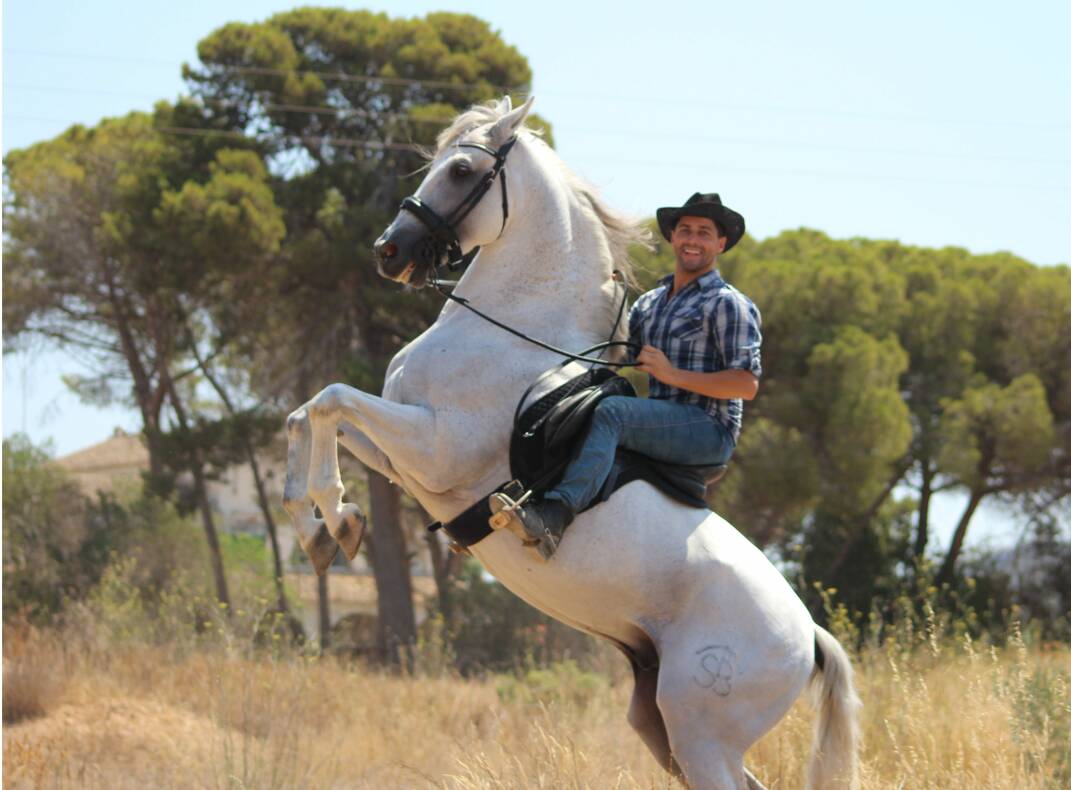
Benidorm is a city in the province of Alicante on the eastern coast of Spain on the Mediterranean Sea. Benidorm has been a popular tourist destination since 1925, and with the highest hotel in Europe, the city attracts many tourists, especially during the summer. Benidorm has earned a reputation as the vibrant party capital of Costa Blanca, with an all-encompassing appeal that caters to diverse tastes and preferences. Consequently, it provides an excellent platform for drag entertainers and other performers.


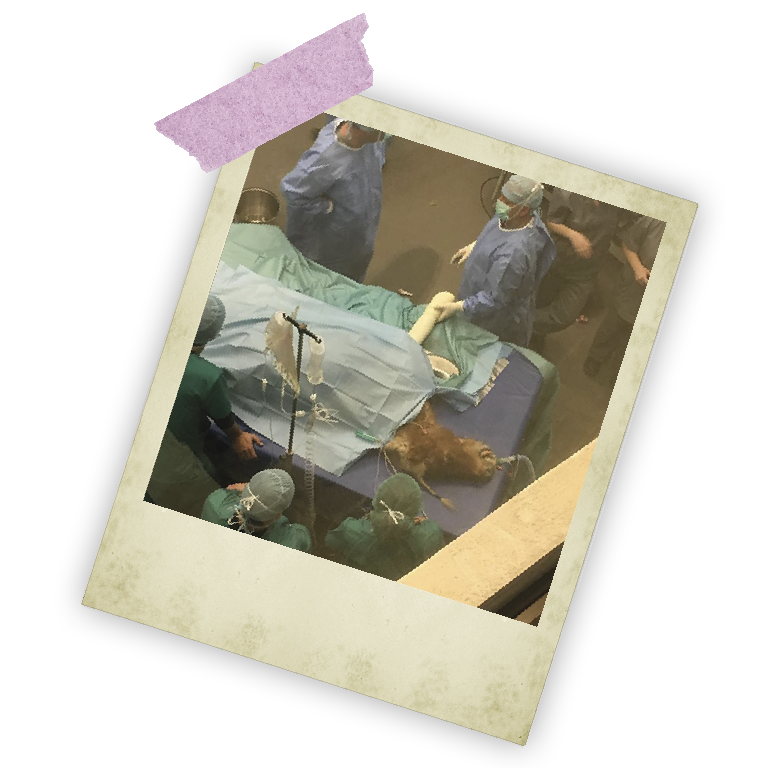
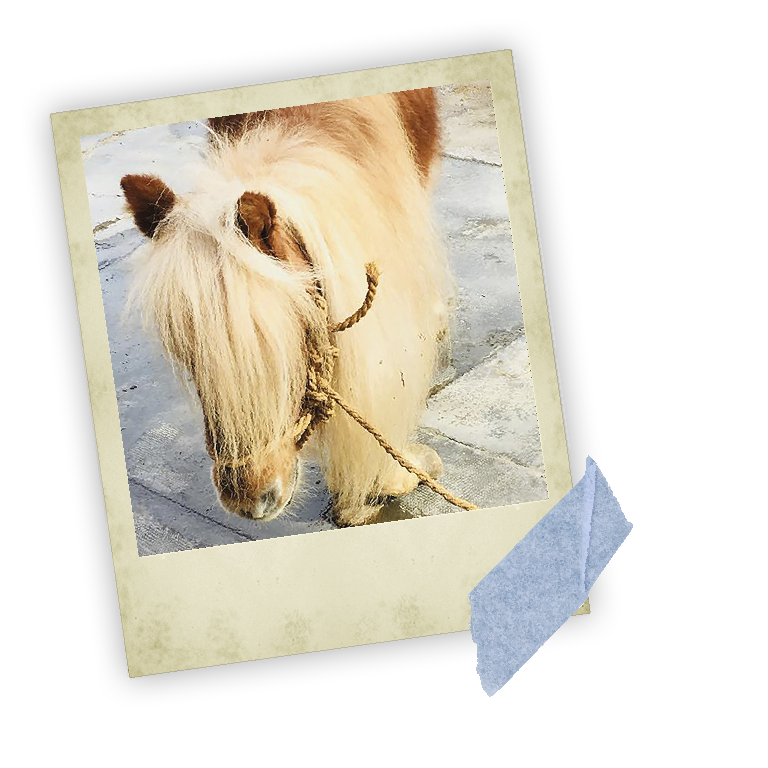

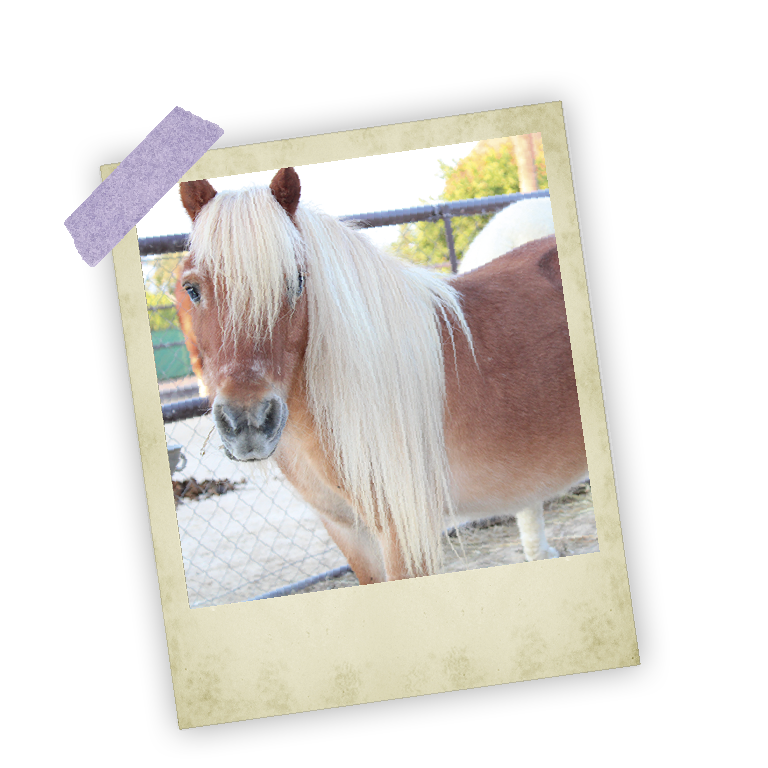
TROOPER - THE TROOPER
Like many of the rescue horses at Hugo’s Home Farm, Trooper has quite a remarkable story to tell. Back in 2019, the police were called out to a pony tied to a tree with no food or water. No one knew what to do with him, so he was left at a dog shelter for nine long days.
Trooper, then named Nano, was blind in one eye, had a broken leg and was purely skin and bones. Not quite an attractive case to adopt, also considering the foresight of massive vet bills. But it didn’t keep Colin Brown away. He immediately embarked on a six-hour roundtrip to pick up the poor soul, only weighing 78kg, being about 25 years of age.
His leg was estimated to have been broken for more than two years. With a 75% success rate to operate and the costs of four thousand euros, Colin raised the money. The vets reset the broken leg with metal pins, and it took almost an entire year until he was fully recovered. Trooper’s perseverance paid off and he is still with Colin, who says he will spend the rest of his days there.
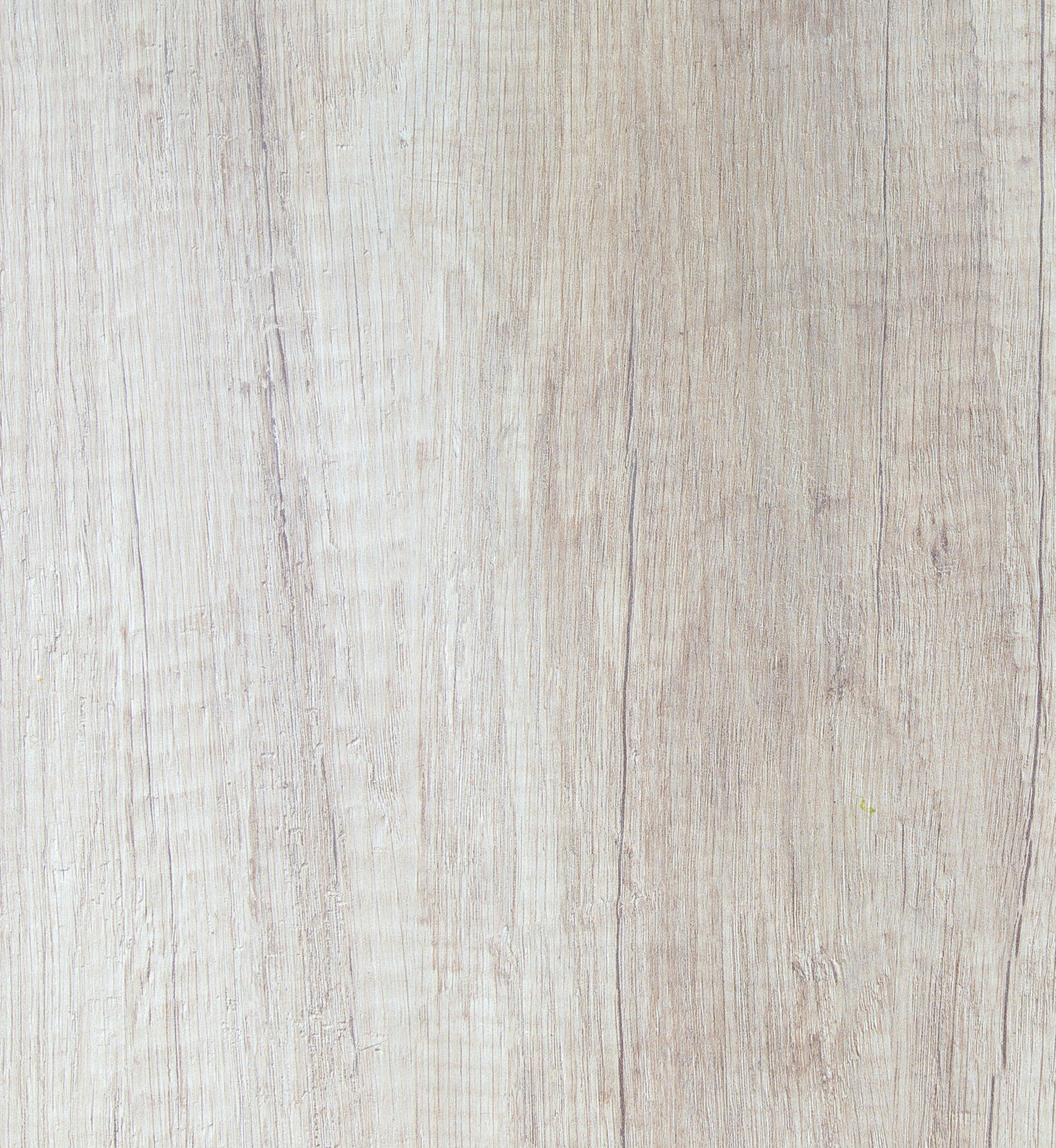
Adopting a horse
Colin's remarkable charity work has rescued 51 horses over the course of five years. The rescue centre holds a license, allowing them to keep only nine equines at a time, this includes donkeys. That means that a horse has to be rehomed before they can rescue another.
To date, 32 equines have been adopted to the UK. Colin has established contacts in the UK, who evaluate the suitability of potential adopters. He then assesses whether the horse will have the condition and mental strength required for the long journey to the UK. “They have just got a better life with fields, being able to run about and being able to graze. Many of the horses we send to the UK don’t even know what grazing is because they have never even seen grass.”
Transporting a horse to the UK costs an average of £1,800, but when Colin rehomes his equines, he never charges for anything. There is no adoption fee, nor does he ask for compensation for passports, injections, or transport costs. He says: “Because the majority of our horses have been abandoned for certain reasons, they are older, they got problems in their legs or their backs. Basically, no one in the UK, in their right mind, is gonna pay 1800 pounds for a horse that they can’t use. So, I raise all the money myself and send them.”
In addition to his tireless efforts to ensure these horses have a happy life, Colin has a contract in place.The contract states that if the adopters are unable to care for the horse, it returns to Colin’s friends place in Cambridge, from where Colin will find them a new home. “This is so they can’t be moved on, and they can’t be sold, just because I don’t want the equines to fall into hard times again. That’s the worry about rehoming your equines, whether they are gonna end up in hard times again, but thankfully we have been alright.”
Colin acknowledges that the adopters of these horses, as any horse owner does, will incur significant costs of owning the horse for years and years, and they might be on medication or be older. Out of the 51 horses rescued, only three were suitable for riding. Colin realises that there are not many people who will take on that kind of responsibility. This is why Colin utilizes his popularity and drag work to raise the necessary funds for the horses to be rehomed.
Future plans
‘The bigger, the better’ and Colin and Sebastian have ambitious plans for the future of their rescue centre. They are currently seeking to raise 90 thousand euros to purchase additional land to expand the facility. Their primary motivation for this expansion is to create more paddocks, allowing them to help even more equines in need. The ultimate goal is clear: “Growing grass for the horses and the other animals to eat would be a true dream come true.”
To achieve this dream, the rehoming project is currently on hold. Funds that would have been used to relocate horses to the UK are now being redirected towards the expansion of the centre. “Last year, I sent two donkeys and two horses to the UK. That cost me about nine thousand euros for everything. Right now, I would rather see those nine thousand go towards the land and expand the rescue centre. But the downside is that we have to say no to a lot of people if we can take in horses, or if the police calls and they have one that is abandoned, we can’t take it.” Colin adds that if they had a severe case come up, he would raise the money to have it stabled at the livery yard. He just cannot leave a horse if it needs his help, and he will do whatever it takes to save the horse from its miserable situation.
We are looking forward to seeing the rescue facility when it expands. The horses and donkeys will have access to paddocks, and who knows, with Colin in charge, maybe he can miraculously make grass grow. This man makes the impossible possible, and he is an inspiration to us all. We encourage everyone to support this vital cause in whatever way possible. Even small contributions can make a significant difference.


A drag performer is a person who uses clothing and makeup to imitate a certain persona for fun and entertainment. Often creative and inspiring names are used. While traditionally associated with the LGBT+ community, this art form is open to anyone who can identify with the culture. Individual performers can have very different and unique styles in clothing, makeup, hair, personality, attitude and performance. Drag shows often feature lip-syncing, live singing and dancing, and have gained widespread popularity through the hit television series, RuPaul’s Drag Race.
The drag queen - Miss Coco Chanel
The icon Miss Coco Chanel is very different from the calm-natured Colin Brown, especially in looks, yet they share their passion for the horses and the rescue centre. Colin uses his popularity as an entertainer to raise money towards the huge stabling fees, feed, vet bills and medication which sums into thousands of euros each month.
Colin did not come into drag performance out of nowhere, as he originally trained as a male dancer in the UK. Realising that drag production could earn him more money, he said: I am gonna learn to do makeup and throw on a wig and a costume.
Seeking to make a living as a drag queen took him to Benidorm in Spain 12 years ago. It quickly took off, and Colin ended up working seven nights a week. As some may imagine, working at night often includes a lot of partying and drinking, which was also the case for Colin. But he soon felt he needed something else in his life.
Hugo’s Home Farm
Through a friend working at a local livery yard, Colin was informed about a horse locked up in a stable day and night and to whom the owner never went to see it. This sparked something in the compassionate soul, who had gotten bored with partying. Colin spoke to the owner, who was keen to sell the horse, and shortly after, Colin had gotten himself his very first horse. But the stallion Orty was not the only case of a neglected horse in the touristy area of Benidorm.
“At a lot of the livery yards, they don’t have turn-out, and a lot of the horses are just in their stables 24/7 until their owner exercises them or lets them in a paddock, which is often a sand school.” Colin explains.
As a result, Colin ended up buying another horse from the same stable. This time a white PRE-Spanish stallion. The impressive horse was part of a circus, but as a new law came into effect, restricting the number of horses allowed, he was left to himself at the stables. Colin could not it and bought the horse: “I had to pay 4.500 euros to get him because he’s an amazing horse!”
Both horses were gelded, but it was only for a short amount of time that Colin had two horses. Just a couple of months later, he was contacted about two horses tied to a tree just outside his hometown of Benidorm. Colin did not actually have a place of his own, and quickly more horses were rescued, and he was soon paying to have the six to seven horses at livery yards. He had to raise two thousand euros a month, just to pay the agistment fee.
As Colin got more and more into the rescue work, he met Sebastian, his now boyfriend. Sebastian had a bit of land, and neither thought twice before moving the horses there. Both to save money, but also to be able to keep the horses in paddocks - outside.
And that’s how the rescue centre Hugo’s Home Farm sort of just fell into place.
Who is Colin Brown?
Born in Scotland, Colin sought warmer climate and now enjoys the warmer weather of Benidorm, Southern Spain. The now 40-year-old was intrigued by the horses at an early age. But as we know, riding is expensive, so the only way for Colin to spend a little time with horses was by working at the local riding school mucking out stables.
It was a lot of hard work, little pay, and even less time spent with the horses. But hard work is something Colin is seemingly not letting go of, as well as the horses. As Colin grew up in the UK, he explains how he often found that other people were aware of his sexuality before himself, which could cause him to question his identity. “When I was younger growing up, about when I was 16 or 17 years old, I didn’t think too much about my sexuality, and I was getting a lot of comments about my sexuality from like older men at the riding schools.” However, as he has grown older, he has learned to focus on being true to himself, rather than worrying about the opinions of others. “Focus on yourself and don’t even worry about what people think or say about you. It is a lot easier said than done, but I think I gave it too much thought when I was younger.” Colin laughs and says: “I couldn’t care less about what people think of me today.”
Back to young Colin, who, in his late teenage years, started to notice other aspects of life than the horses. Hitting the age of 18, Colin explains: “I ended up discovering partying with my friends like quite a lot of people do in the equestrian world, but I reconnected with the horses when I came to Spain.” Colin had some years away from the horses, making a living and finding himself, but it wasn’t long before the horses relatively unexpectedly came back into his life.

Malgré Tout was fortunate to have an interview with the inspiring Colin Brown, who manages a rescue facility for horses and other animals and performs as a drag queen in Southern Spain. Colin is known from the drag world in many countries, but once he saw Chato, his first rescue, who was tied to a tree at the grand age of 29, his love for horses was one of the reasons he started the rescue centre.
By: Celine Bønnelykke.
Photos: Provided by Colin Brown

The Rescue Queen
What does it look like when you reconcile a rescue facility with a drag queen career?
Colin knows a thing or two about hair and make-up and performes as a drag queen in Benidorm, Spain.

Colin, Sebastian and their eleven year old son enjoying a rare time off.
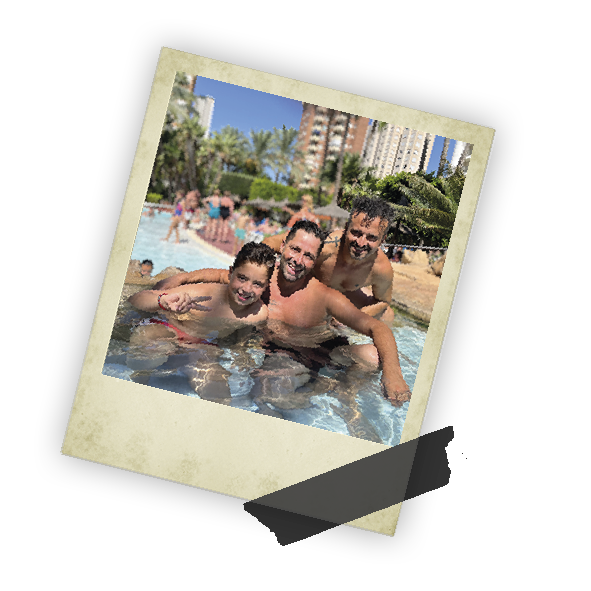
Miss Coco Chanel has many different looks

Colin's love for animals is remarkable and he spends most of his awake hours with them.
